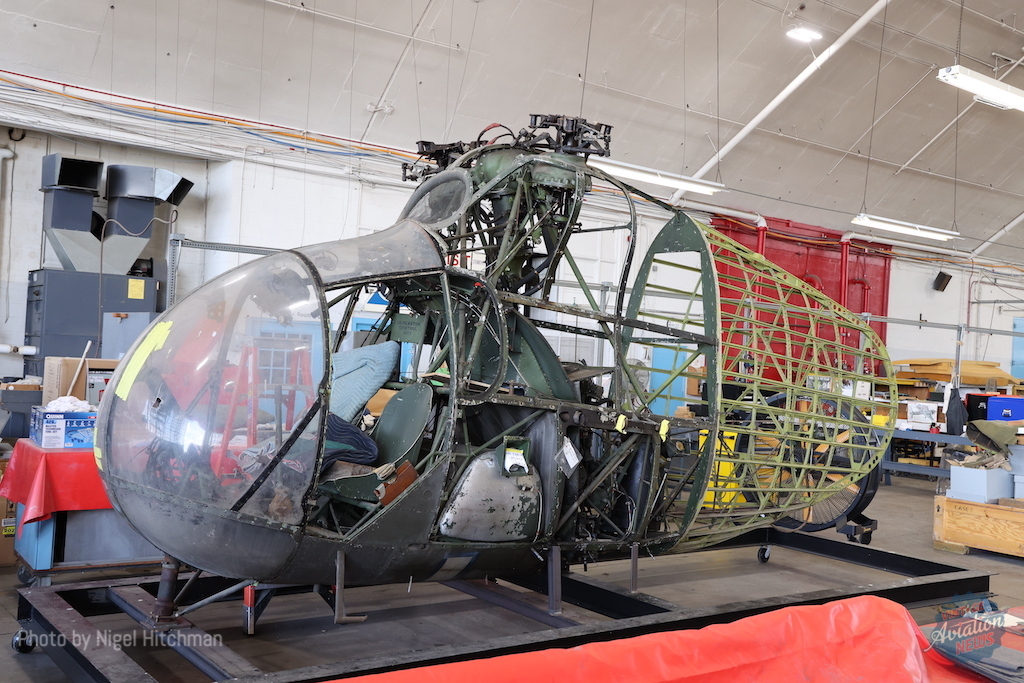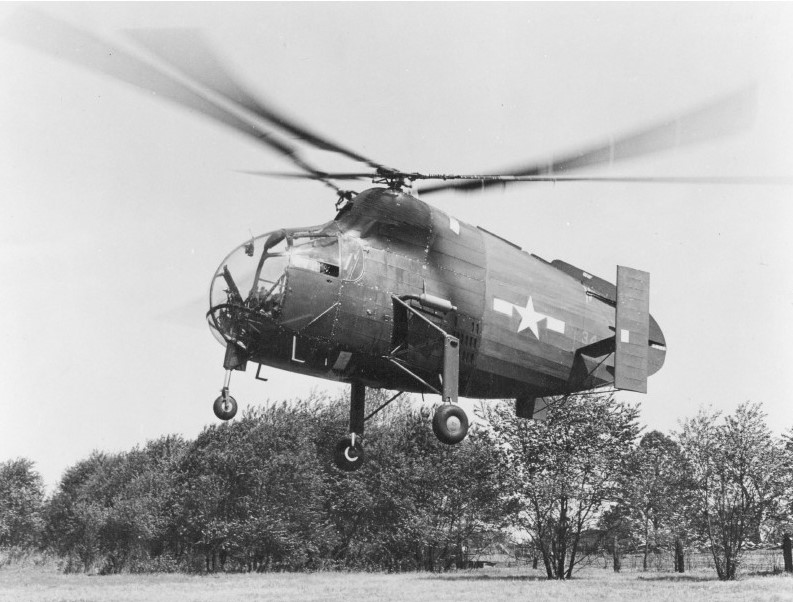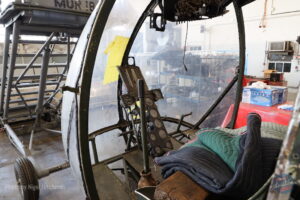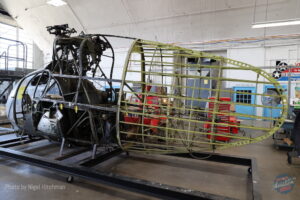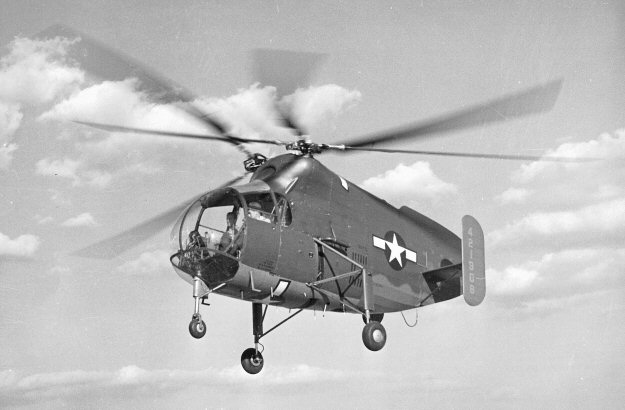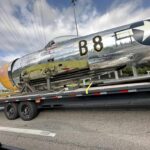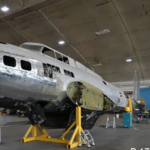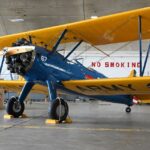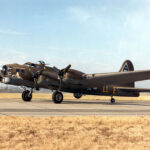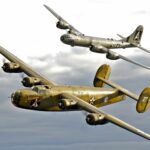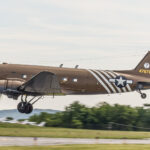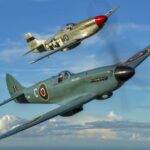Inside the restoration hangar of the National Museum of The U.S. Air Force, the restoration of a relatively unknown prototype helicopter from the Second World War has been going on quietly for over a year now.
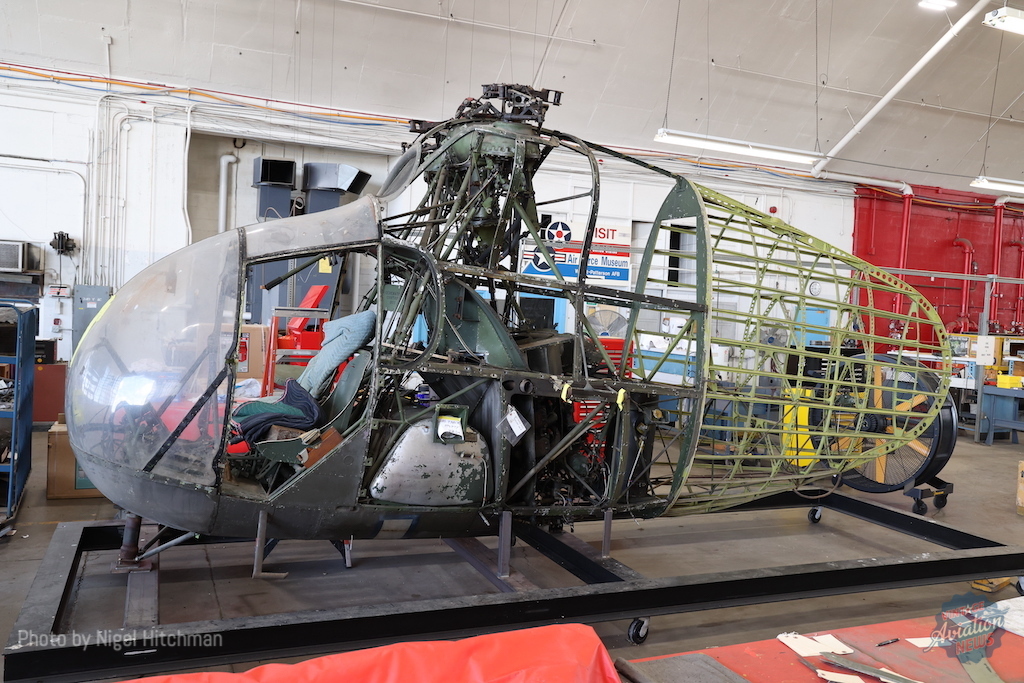
The Kellett Autogiro Company, based in Philadelphia, achieved success during the 1930s for their designs of civilian and military autogiros, such as the K-2 and the KD-1. While autogiros had successfully demonstrated their short take-off and landing (STOL) capabilities, they could not hover or take-off and landing vertically, so when Igor Sikorsky’s VS-300 prototype became the first American single-lift helicopter, and following the US Army Air Force’s rejection of autogiro designs such as Kellett’s own XO-60 in favor of new helicopter designs such as the Sikorsky R-4, Kellett began work on a new design of their own. On November 11, 1942, the company submitted a proposal for a twin-rotor, intermeshing design that would eliminate the need for a tail rotor, taking inspiration from German helicopter designer Anton Flettner, who built the world’s first intermeshing helicopters (or synchropters), the Fl 265 prototype and the Fl 282 Kolibri (Hummingbird) reconnaissance helicopter. The Army Air Force approved Kellett’s proposal on January 7, 1943, and on September 11 of that year issued a contract for Kellett to build two prototypes, one with three-bladed rotors and another with two-bladed rotors. The three-bladed example was given the Army Air Force serial number 43-44714, while the two-bladed prototype became 44-21908 and was designated as the XR-8A to distinguish itself from the first prototype.
The aircraft was egg-shaped in appearance, with the two rotors separated by only 12 1⁄2 inches, leading those who saw it to nickname it the “Eggbeater”. The non-rigid rotors were made of plywood with steel tubes inside, much like the fuselage’s tubular-steel construction, which was then covered in fabric and sheet metal. The XR-8 was powered by a Franklin O-405 6-cylinder inline 245hp engine.
On August 7, 1944, XR-8 43-44714 took to the skies for the first time, becoming the first American synchropter to fly, with Kellett test pilot Dave Driskill at the controls. The flight revealed a lack of directional stability, leading to the addition of two tail fins. However, on September 7, a blade from each of the rotors collided while the aircraft was being flight tested and the issues on 43-44714 were being resolved. The second prototype, XR-8A 44-21908, began making its first test flights in March 1945. In addition to its two-bladed design, the XR-8A was further distinguished by its noticeable rounder tail fins as opposed to the squared examples on the first prototype. Unfortunately, the two-bladed rigid rotors caused severe vibration issues which proved extremely difficult to solve and led to the re-emphasis on continuing flight testing on 43-44714.
By January 23, 1946, 43-44714 was finally accepted for official flight testing with the US Army Air Force. However, almost immediately after it was submitted for evaluation, the Army Air Force canceled the XR-8 program. Although the design had successfully demonstrated the flight capabilities of a synchropter, the mechanical difficulties that plagued the XR-8 would ensure that the XR-8 would remain as a testbed. Kellett would also build a larger synchropter design, the XH-10, but this too would never leave the prototype stage.
Upon the cancellation of the XR-8 program, 43-44714 was selected for preservation with the Smithsonian’s National Air Museum (later to be renamed the National Air and Space Museum). Little is known regarding the ultimate fate of 44-21908, but it is highly likely that it was scrapped. For over 70 years, 43-44714 was kept in storage by the Smithsonian, mostly at the Paul E. Garber Preservation, restoration, and Storage Facility in Suitland, Maryland, just outside Washington, D.C. In the summer of 2022, however, the National Museum of the USAF in Dayton, Ohio made a post that the aircraft had arrived at the restoration hangar. Recent photos reveal that there has been some progress made with the helicopter, but only time will tell at this moment when XR-8 will be completed and placed on public display for the very first time. We encourage our readers to keep up with the National Museum of the USAF’s social media pages.







